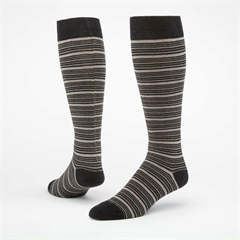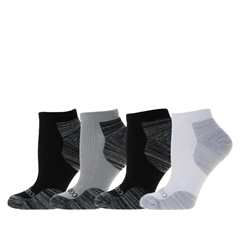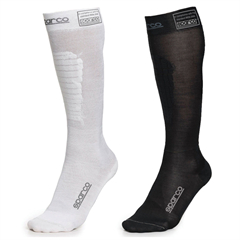Compression stockings are specially made, snug-fitting, stretchy socks that gently squeeze your leg. Graduated compression or pressure stockings are tighter around your ankle and get looser as they move up your leg. Compression sleeves are just the tube part, without the foot. It includes :
Who uses them?
What do they do?
What kinds are there?






Who uses them?
- People with or at risk for circulation problems, like DVT, varicose veins, or diabetes
- People who’ve just gotten surgery
- Those who can’t leave their bed or have a hard time moving their legs
- People who stand all day at work
- Athletes
- Pregnant women
- People who spend long stretches of time on airplanes, like pilots



What do they do?
Compression stockings can keep your legs from getting tired and achy. They can also ease swelling in your feet and ankles as well as help prevent and treat spider and varicose veins. They may even stop you from feeling light-headed or dizzy when you stand up. Because the blood keeps moving, it’s harder for it to pool in your veins and make a clot. If one forms and breaks free, it can travel with your blood and get stuck somewhere dangerous, like your lungs. Clots also make it harder for blood to flow around them, and that can cause swelling, discolored skin, and other problems.



What kinds are there?
Socks and sleeves come in different lengths to cover different parts of your body. For dvt, most stockings go to just below the knee, but you can get thigh-highs and tights, too. They also have different levels of pressure, measured in mmhg. Stockings should feel snug, but not painfully tight. Mild compression, with lower numbers, is usually enough to keep you comfortable on your feet at work. You’ll need higher numbers with a firmer fit to prevent dvt.














